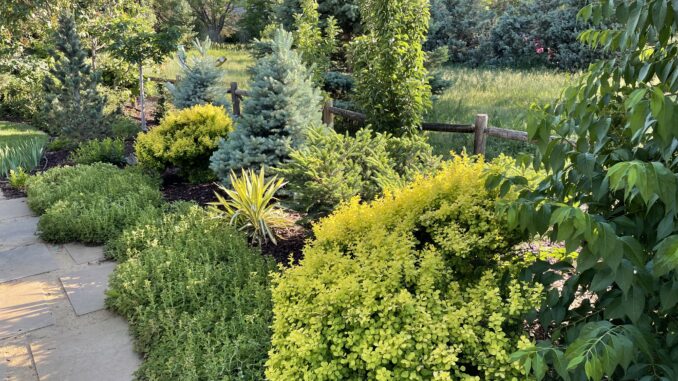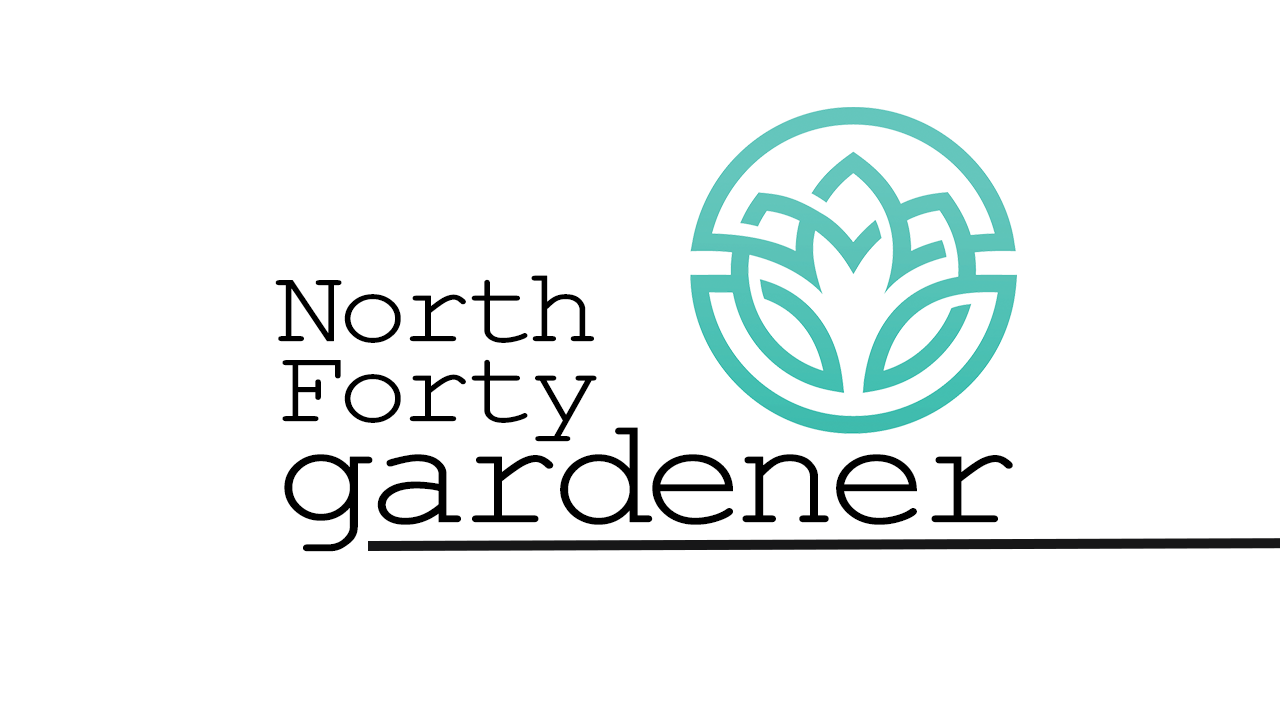

Alex Tisthammer | Fort Collins Nursery
Border plants are like a rug, they tie the room together. They are a great design tool that draws the viewer’s eye along a space, softening or defining edges to create a cleaner look. Certain plants can also solve problems like helping with erosion control and water runoff. When selecting your plantings, consider what you are trying to do with the particular area.
Most commercial plantings aim for tidiness and definition, giving a clean look and making things easier for a maintenance crew to upkeep. For a setting like this, you would want plants that don’t creep or cascade over. Small, clumping plants like Blue Fescue Grass, Black Mondo Grass, coral bells, or dianthus are suitable in such a setting. These plants grow in compact mounds and will not spread over time. Tall, narrow grasses like Karl Foerster Grass or other feather reed grasses are also great for along sidewalks where you want a simple and uniform mass planting. Their vertical growth habit is space-efficient and will not slump over the sidewalk.
On the other side of the spectrum, you may want to soften the edges of a hardscape to provide the appearance of the garden bed blending into the pathway. To achieve this look, plant groundcovers like creeping veronica, sedum, or low moneywort that will creep over the edges. Ornamental grasses have their use in this situation, too. Cascading grass blades add great texture to draw your eye along and will break up harsh lines. Japanese Forest Grass, Blonde Ambition Blue Grama, or Undaunted Ruby Muhly Grass is wonderful for this use. With this border planting, adding bulbs along the garden’s edge provides early spring color. Grape hyacinths and daffodils can naturalize over time and fill in nicely.
If you are planting a bed with a slope with water runoff, Himalayan Border Jewel, Gro-low Sumac, and the Pawnee Buttes Sandcherry are good options. Their broad spread and underground stems help secure the soil, preventing erosion. They all have wonderful fall colors as well. The Sumac and Sandcherry are a little taller, from 18 inches to 3 feet, so these would best be used in areas with taller plants to not block what you have planted behind them.
Once you have figured out what style you want, start thinking about colors and textures that are present in the rest of the bed and surrounding beds to really “tie the room together!”
Listed below are perennials and shrubs that work well for different garden borders.
Border Plants for Erosion Control:
Wine Cups Poppy Mallow
Catmint
Ice Plant
Himalayan Border Jewel
Pawnee Buttes Sandcherry
Gro-Low Sumac
Border Plants for Sun:
Basket of Gold Alyssum
Campanula
Shasta Daisy
Mount Atlas Daisy
Self-heal (Prunella)
Chives
Veronica
Wooly Thyme
Blue Fescue Grass
Feather Reed Grass
Dianthus
Border Plants for Low Water:
Hens and Chicks
Orange Trumpet Carpet (Zauschneria)
Leprechaun Artemisia
Lavender
Sedum
Blonde Ambition Blue Grama
Undaunted Ruby Muhly Grass
Border Plants for Shade:
Hostas
Lady’s Mantle
Sweet Woodruff
Vinca
Japanese Forest Grass
Black Mondo Grass
Moneywort
Coral Bells
Support Northern Colorado Journalism
Show your support for North Forty News by helping us produce more content. It's a kind and simple gesture that will help us continue to bring more content to you.
BONUS - Donors get a link in their receipt to sign up for our once-per-week instant text messaging alert. Get your e-copy of North Forty News the moment it is released!
Click to Donate
